Sampson-Horn Barn
Introduction
Text-to-speech Audio
Images
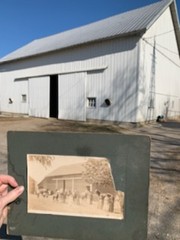
c. 1887-1920
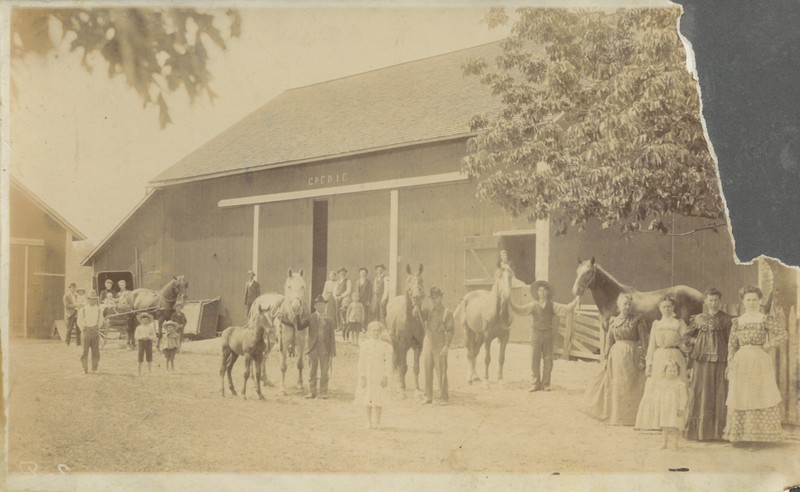
Pre-1950
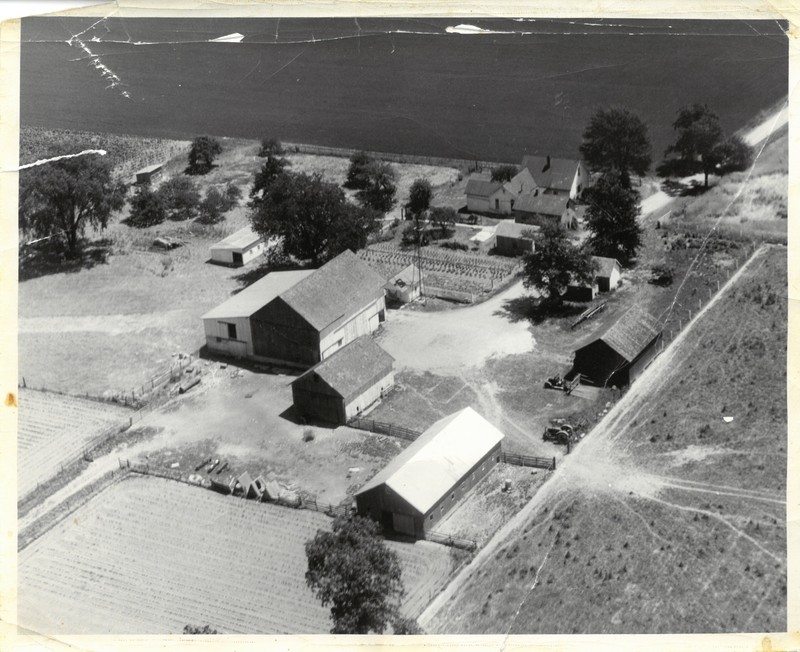
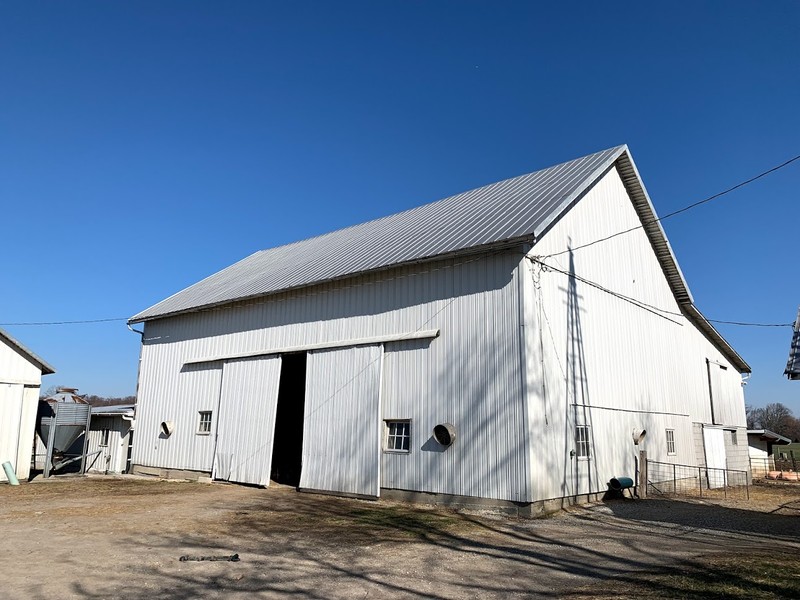
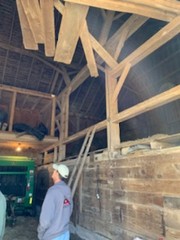
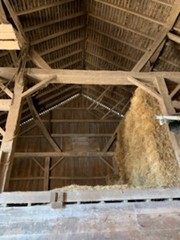

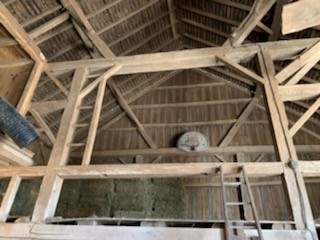
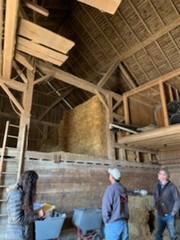
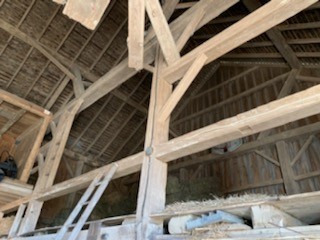
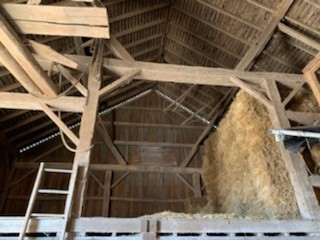
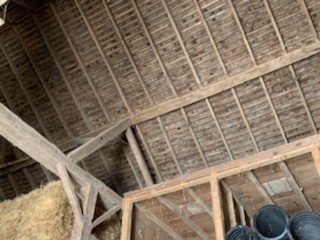
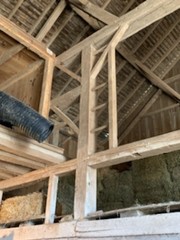
Backstory and Context
Text-to-speech Audio
This barn is the oldest structure on this year’s tour. The current owner, Jeffrey Horn, purchased this farm from his grandmother, Wilma Borkosky, in 1982. Wilma was deeded the farm from her late husband, Calvin, in 1968. Calvin purchased the farm from his father, Frederick Borkosky, who had purchased it from George P. Edie, and his wife, Sarah Jane (Sampson). Together, the Sampson and Edie families owned 320 acres in this section of Jackson Township. Sarah Jane was the daughter of Levi Sampson, who was the original owner of this farm, settling the land in 1839.
The more than 3,000 sq.ft. barn was likely built in the 1840s, during its ownership by the Sampson family. The barn is almost entirely hand-hewn, and the timbers have wide dimensions, meaning there were still plenty of large, old growth trees at the time of construction. The primary rafter and purlin plates are all one timber with no seams (54’ long). The only sawn pieces in the barn are some of the smaller braces, and their vertical saw marks indicate that they were cut with an early sash saw, prior to the use of circular sawmills that were capable of handling larger logs. The original wood shake roof is still visible from the interior underneath the current standing-seam metal roof. Empty mortise pockets on the south side of the barn indicate that there would originally have been a raised wooden floor with an earthen ramp at the barn entrance. While this gable-roofed barn was designed with hay storage in mind, it was built prior to the widespread use of the hay track. The existing metal hay track would have been added later.
The barn has “fish belly” cross ties on both ends. These unique beams, also called “swell” beams seem to be common in barns in this part of the county. Narrower on the ends and wider in the middle, these beams are laid on their side in the end bents of barns with the rounded side to the interior. They offer additional strength and support against strong wind.
When Jeff Horn purchased the property, the barn had a milking parlor. The left side of the barn was open, so that hay could be thrown down from the mow into the manger. Jeff began raising hogs on the property in 1980. Today, the barn is utilized in his cow/calf and farrow-to-finish hog operations.
Sources
Hancock Historical Museum, Barn Tour Collection, 2019
Hancock Historical Museum, Barn Tour Collection, 2019
Hancock Historical Museum, Barn Tour Collection, 2019
Hancock Historical Museum, Barn Tour Collection, 2019
Hancock Historical Museum, Barn Tour Collection, 2019
Hancock Historical Museum, Barn Tour Collection, 2019
Hancock Historical Museum, Barn Tour Collection, 2019
Hancock Historical Museum, Barn Tour Collection, 2019
Hancock Historical Museum, Barn Tour Collection, 2019
Hancock Historical Museum, Barn Tour Collection, 2019
Hancock Historical Museum, Barn Tour Collection, 2019
Hancock Historical Museum, Barn Tour Collection, 2019
Hancock Historical Museum, Barn Tour Collection, 2019
Hancock Historical Museum, Barn Tour Collection, 2019
